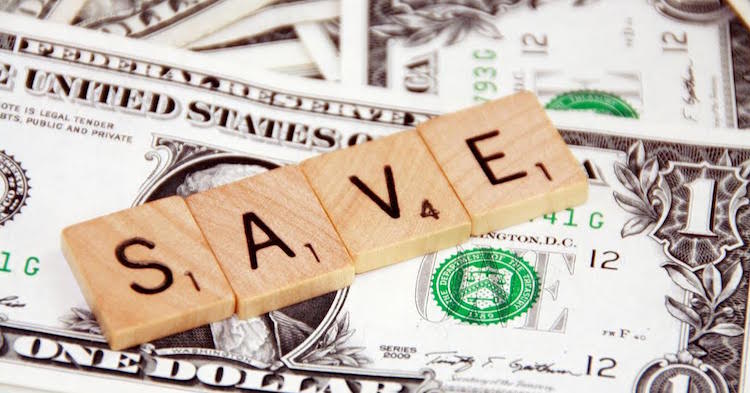The time has come. You’re finally ready to trade in your old beater and treat yourself to a brand new car. You have an idea of what kind of car you want to get, but with every car dealership advertising their latest “deal,” it can be easy to get suckered into paying more than you should for your new whip. Because of this, it’s important to do your research and have a solid plan in place before ever stepping through the front door of the dealership.

So: how do you know how much your new car should cost? Then, with all the down payments, warranties, and dealership fees, how to do you if you can actually afford the car you want without blowing your budget? Don’t worry, we’ve got the scoop. Step into your future-new-car negotiation with confidence using our fool-proof tips.
How Much Should a New Car Really Cost, and How Do You Know If You Can Afford One?
Assess Your Assets
Before kicking your clunker to the curb, find out if the car has any trade-in value. Most car dealerships will take your old car as a trade-in, which will, in turn, knock the price of your new car down. The ol’ trade-in deal is a bit of a double-edged sword, however, because the car dealership will try to lowball you. Since most people are not in much of a position to negotiate the trade-in value of their current car, they are likely to take the deal presented to them.
Putting the trade-in deal firmly in the “pro” category is the fact that the dealer does all the paperwork. After you and the dealer settle on an acceptable price, all you have to do is sign the vehicle over to the dealership and be done with it. However – the price you pay for the convenience of being relieved of your vehicle will likely be less money for you than if you sold it yourself. The dealer will not give the full retail value of the vehicle and people are often disappointed by the offers presented to them. To avoid any surprises, be sure to get the Kelley Blue Book® Trade-in value of your vehicle before you step foot in the dealership.
Your Credit: The Good, The Bad, and The Ugly
Next up: addressing how you will be paying for your new vehicle. If you plan on financing your new car (90% of people take this route), your credit score will come into play. See, car dealerships assess how likely it is that you will pay your loan on time every month if you’re likely to skip payments, and more based on your credit history. If your credit score is looking less than stellar (above 700 is considered “good”), you’ll definitely need to factor that into your new potential payments. Your monthly payments may increase if your credit score has been looking a little worse-for-wear.
Calculate How Much You Can Afford
There’s no perfect formula to calculate how much you can afford, but our short answer is that your car payment should be no more than 15% of your monthly take-home pay. If you’re leasing, it should be no more than 10%. There are many online calculators that will help you crunch the numbers.
Did you know that the average new car payment is $499/month for 68 months? Most car loans come in well over $30,000, which is absurd considering the median household income is around $56,000/year. At the end of the day, it’s up to you to figure out how much you can truly afford to spend on a car. No matter what, don’t leave it up to the car salesman to decide how much you can borrow. Why? Because, according to their facts and figures, your credit and income may qualify you to buy just about anything on the lot.
In addition to the price of your new vehicle, remember that you’ll also need to cover license plates, insurance, and any additional taxes required by your state. Additionally, you’ll need to pay sales tax on your vehicle, although your lender may roll your taxes into your loan (if you ask).
In Conclusion
The reality is that true affordability is never dictated by lenders or big banks. At the end of the day, only you know how much you can afford to spend on a new car payment and your other bills.
Once you have an idea of how your monthly income and expenses look, you can shop for your new car with confidence. When decide to pull the trigger on your new ride, we’ll be here to take care of all of your car insurance needs! Be sure to grab a free quote from us – and happy car shopping.
Julianne Cronin is a Bay Area freelance writer, content creator, and founder/editor of the women’s lifestyle site, The Wink. You can find her working on her capsule wardrobe, collecting cacti, and trying out the latest beauty products on Instagram








